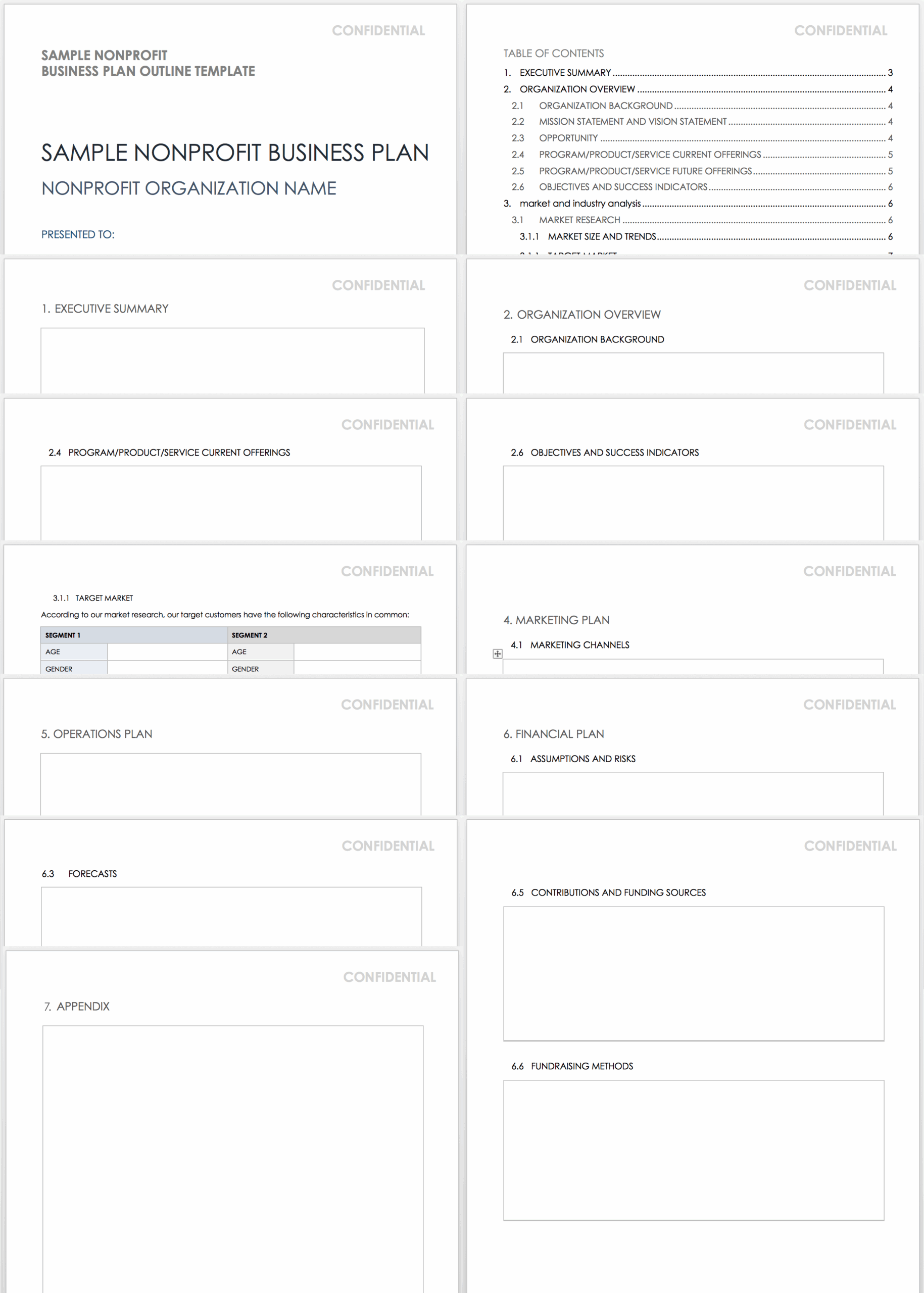Creating a business plan for a non profit organization is essential for outlining the goals, strategies, and operations of the organization. A well-thought-out plan can help attract donors, volunteers, and other stakeholders while ensuring the sustainability and success of the organization.
Non profit organizations rely on funding and support from various sources to carry out their mission and programs. Having a clear and comprehensive business plan can help demonstrate to potential donors and funders that the organization is well-managed and has a strategic vision for achieving its goals.
When creating a business plan for a non profit organization, it is important to include key elements such as the organization’s mission and vision, target audience, fundraising strategies, program offerings, and operational structure. Here are some key components to consider:
- Mission and Vision: Clearly define the organization’s purpose and long-term goals.
- Target Audience: Identify the specific groups or communities that the organization aims to serve.
- Fundraising Strategies: Outline the various ways the organization plans to raise funds, such as grants, donations, events, and partnerships.
- Program Offerings: Describe the programs, services, and initiatives that the organization will provide to fulfill its mission.
- Operational Structure: Detail the organizational structure, roles and responsibilities of staff and volunteers, and how the organization will be managed and governed.
It is also important to include a budget and financial projections in the business plan to demonstrate how the organization will allocate funds and generate revenue to support its operations and programs. This can help ensure transparency and accountability to stakeholders and build trust in the organization’s financial management.
Overall, a well-crafted business plan for a non profit organization is an essential tool for guiding the organization’s growth, attracting support, and ensuring its long-term success. By outlining clear goals, strategies, and operations, the organization can effectively communicate its vision and impact to stakeholders and work towards achieving its mission.
In conclusion, creating a business plan for a non profit organization is a crucial step in ensuring the organization’s sustainability and success. By including key elements such as mission and vision, fundraising strategies, program offerings, and operational structure, the organization can effectively outline its goals and strategies for fulfilling its mission and serving its target audience.
